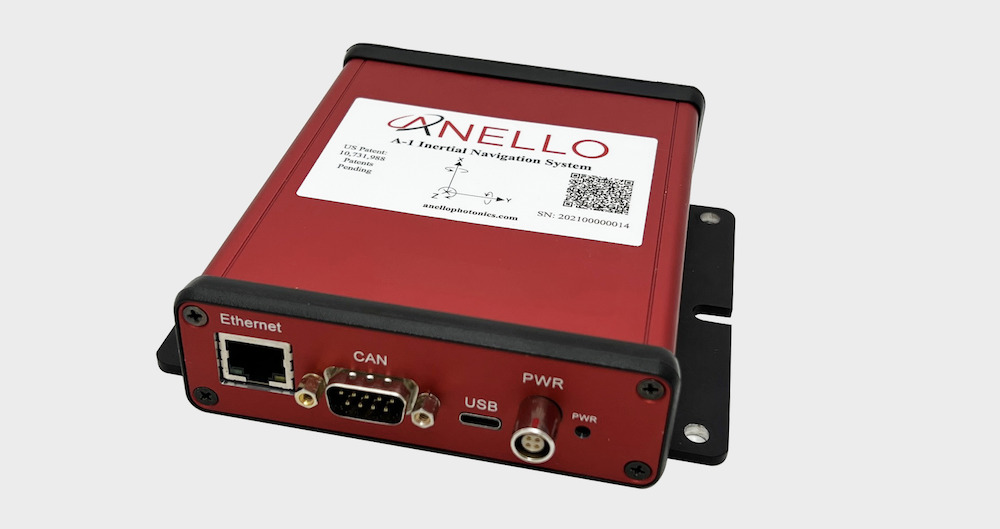ANELLO Photonics, the company behind the SiPhOGTM gyroscope, has released an Optical Gyroscope & GNSS/INS Evaluation Kit (EVK) for autonomous applications.
ANELLO EVK is powered by the company’s optical gyroscope, which is based on a proprietary waveguide process that mimics the properties of optical fiber in an on-chip waveguide, and its sensor fusion engine, according to a news release. EVK can maintain centimeter accuracy in areas ground-truth positioning and localization systems might degrade and is accurate in extended full GNSS loss operation. It is stable over wide temperature ranges and under extreme vibration.
“We are actively engaged with many customers to drive new technology adoption and explore how by providing high precision, highly scalable, optical gyro-based solutions we can accelerate and improve position accuracy for a wide range of autonomous use cases,” ANELLO Photonics CEO Mario Paniccia said. “We see a lot of interest around our unique and innovative integrated silicon photonics technology and our product roadmap, and are excited to be working with many industry leaders looking for cutting-edge innovation.”
The ANELLO EVK is designed to be easy to use while enabling seamless navigation and positioning in challenging GNSS-denied environments where accuracy is critical.
The company is engaged in trials with leading customers in the automotive, robotics, autonomy, construction, trucking, defense, aerospace, mapping and surveying markets.
“ANELLO’s optical gyroscope solution is perfect for our offerings due to its performance compared to other MEMS solutions currently available and used by the industry. The ANELLO solution provides ease of installation together with high accuracy and reliability,” said Sean Kish, CEO of Psionic, according to the release. “Through our work with ANELLO, we’re seeing significant improvements in the performance of our SurePath™ product for long-range precision navigation in GNSS-denied environments.”






